Today we are announcing a new feature that has been baked into our Content Briefs tool. The ability to tailor the brief for a specific audience. We think this has been very much missing from SEOs, who still think in terms of “writing for a keyword” instead of “writing for a user”. Hopefully this new feature will encourage us all to see beyond the keyword when we write.

What is new? Try the free Audience Finder SEO Tool
Creating content brief for any keyword have always required a user to choose a country to target (and for local search a city), but in truth the right audience for your content is much more nuanced than this. Let’s take something business-related – like Solar Panels… the content should be very different if your audience is homeowners than if your intended audience is installation contractors.
Back in January, InLinks released a free audience finder tool that highlights this issue very well. For most search terms, there are quite different audiences, which should really mean very different content. So, how do you gear your content for the right audience whilst still being SEO-friendly? The new Audience-focused content briefs are the answer!
You start by building a content brief around a keyword and country or localized city as before, but after the brief is generated, you get to see the target audiences before the plan is posted. The screenshot below shows several possible audiences for the term “whale watching”.
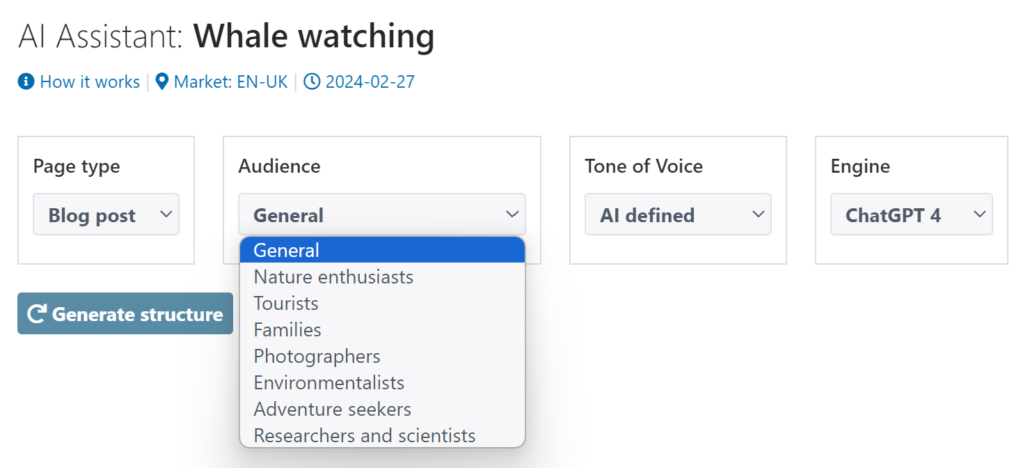
I chose this term as it was mentioned by a user at an event last night. Clearly. These audiences are interested in quite different things. A nature enthusiast is not the same as a photographer – even though I imagine that both would carry a camera. I once saw whales from a boat off the coast of Costa Rica, and some IDIOTS screamed up on a jetski… my guess is that they are adventure seekers… but I digress. The point is that these audiences could benefit from different content. Let’s see how the two options pan out in terms of content.
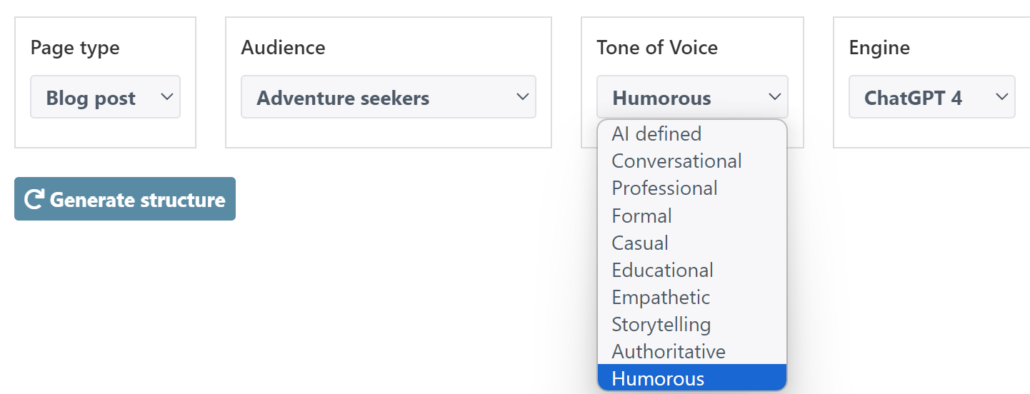
Before generating the plan, you can also select a “tone of voice”. I am going to look at a “humorous” article for adventure seekers and an “educational” style for Nature enthusiasts. What do we get:
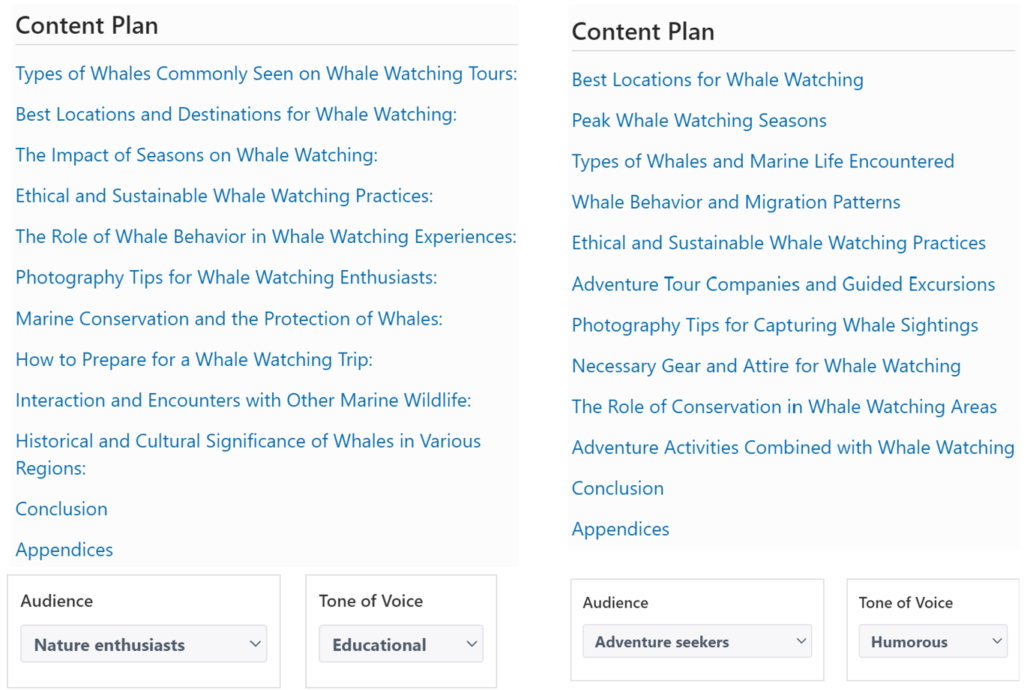
Can you see how some of the sections have changed priority? The Nature enthusiast content starts out with Whale types… something of less interest to thrill seekers. On the other hand, the nature enthusiast doesn’t need to know about Adventure tour companies. At least – not as a section header.
Even within the content sections, there is a difference in the suggested structure. You can edit the structure if you like, but this is what the Borg… I mean InLinks came up with for the locations sections:

The educational content plan is much more specific in this section than the adventure seekers.
But what about the CONTENT I hear you cry?
Well – judge for yourself. Both content plans suggest a paragraph on “Ethical and Sustainable Whale Watching Practices”. Let’s see how one gets created using ChatGPT 4 in an educational tone for a nature enthusiast and then follow that up with a potential train wreck for AI: a humorous time for an adventure seeker:
Educational Style:
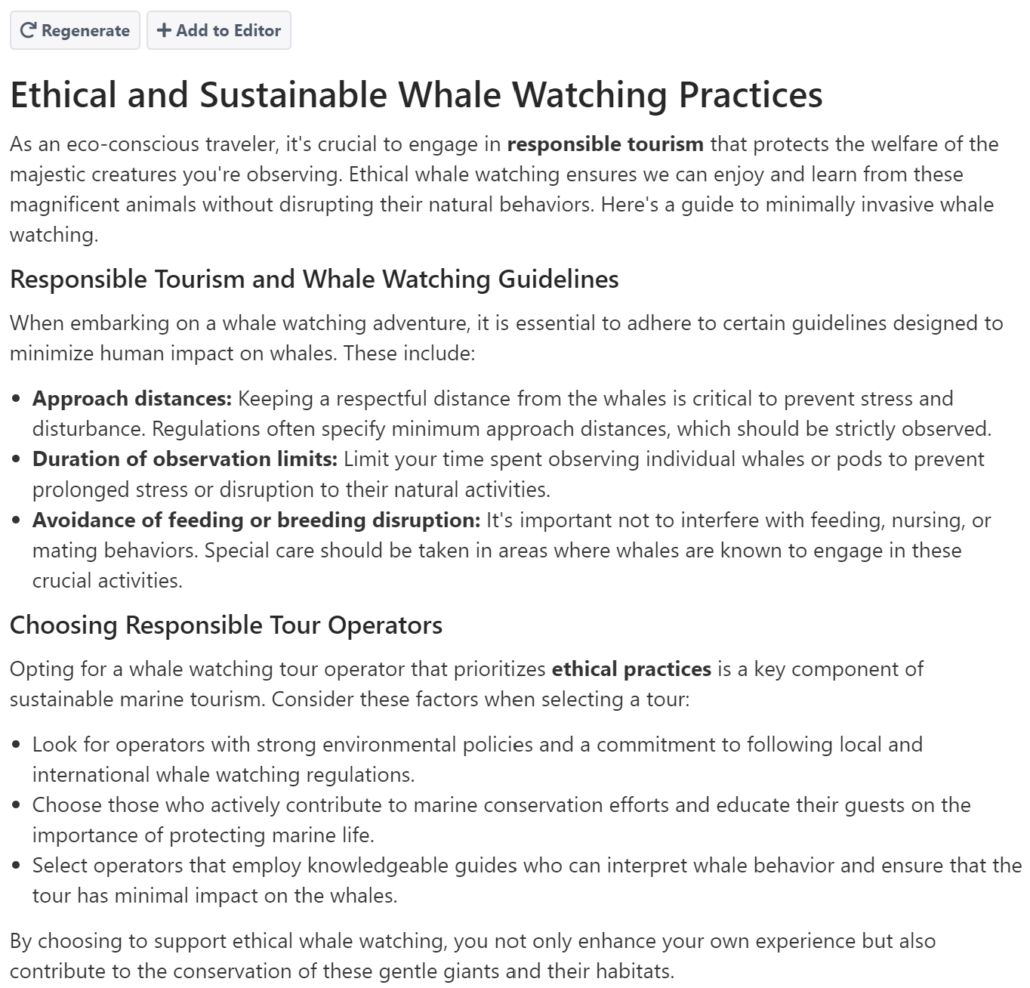
Humourous style
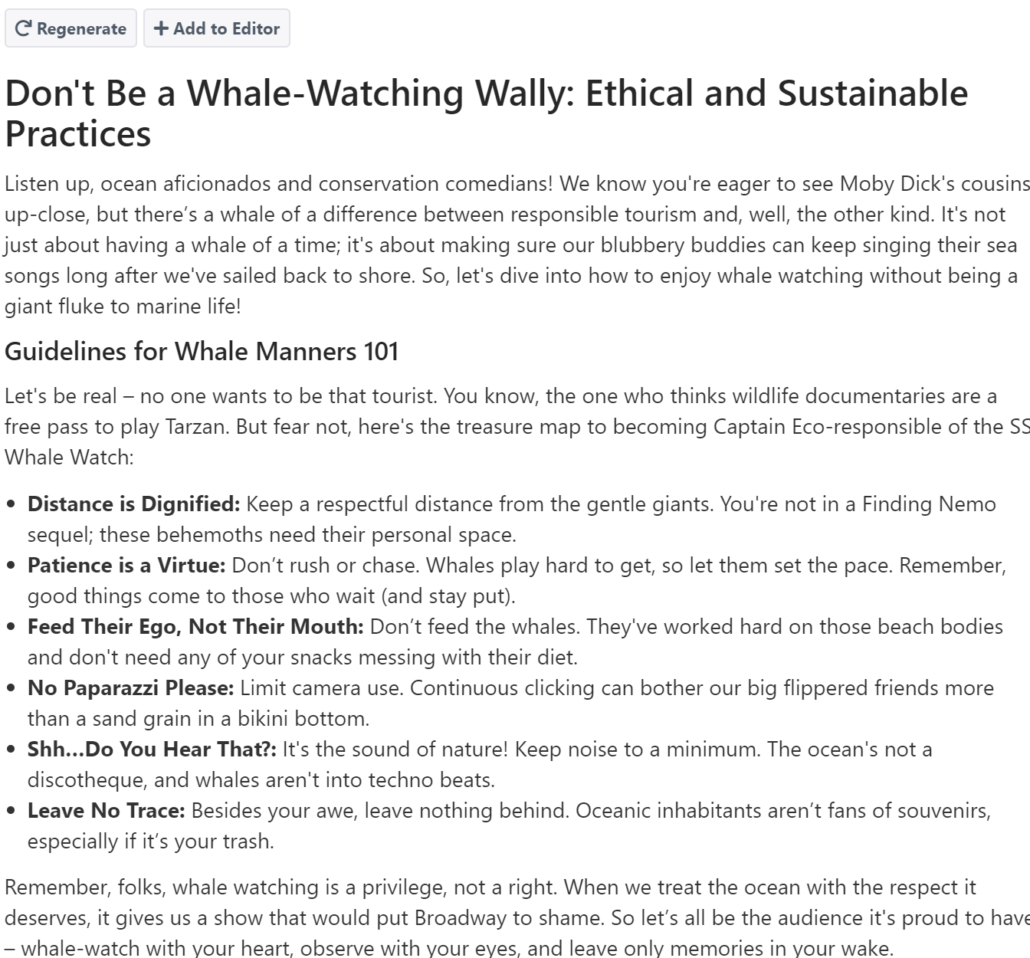
Well – I created this as I was writing the post, and I am greatly relieved that the humorous tone did not detract from the importance of respecting nature!
You can see how different audiences and different styles can dramatically alter the content itself – whether you write it initially using AI (as in these two examples) or whether you just rely on the content plan itself and right from “first principles”.
How can InLinks recommend totally different content for the same keyword? Surely only 1 can rank?
Yes – only one version will rank… but that is not the question. The question is – WHO WILL IT RANK FOR? Google has spent years encouraging us to write for the user and not the search engine. We know that Google helps users discover content that interests them – sometimes even if they do not search for it.
More recently, we reported on Google’s “Information Gain Score” Patent – which will potentially deliver different content when a user has already been shown the “same ‘ol, same ‘ol”. Whilst it may not be clear yet how such a technology can role out, it is clear that the future is not in generalist articles. The more specific you can be, the better the QUALITY of your reader for your audience.
How Can You Use this Feature?
Get yourself an account here and start by creating a “Content Brief”. The feature is not available when you audit existing content, as the style and tone will have already been created in this case. A $49 subscription should be enough to create about 20 pieces of content each month.

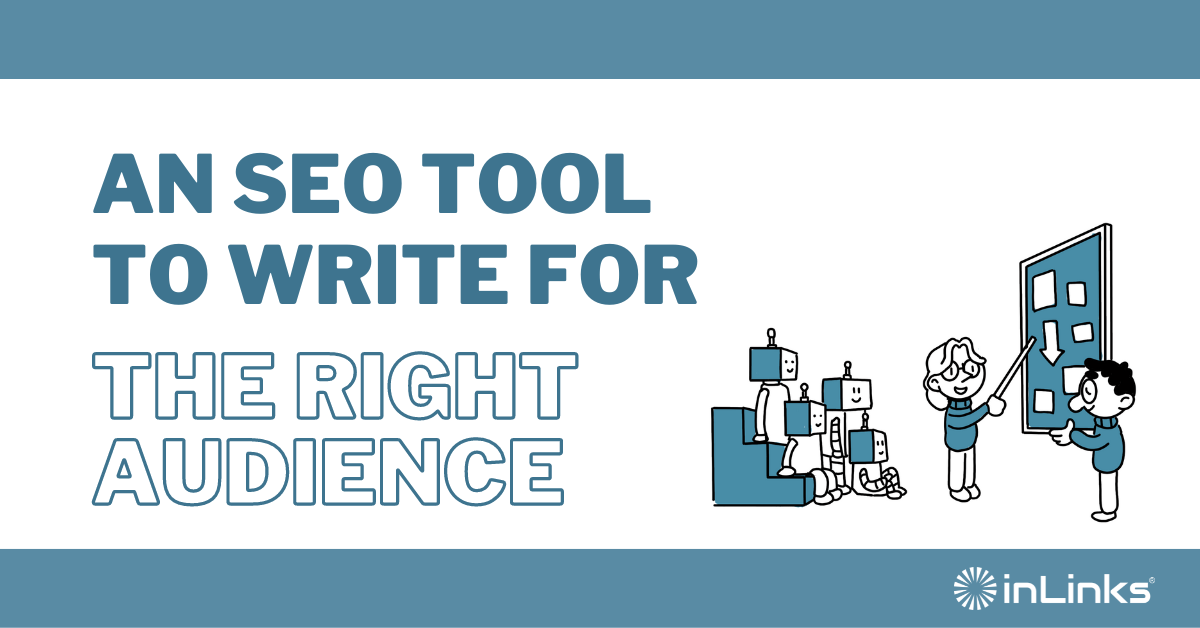



Leave a Reply
Want to join the discussion?Feel free to contribute!